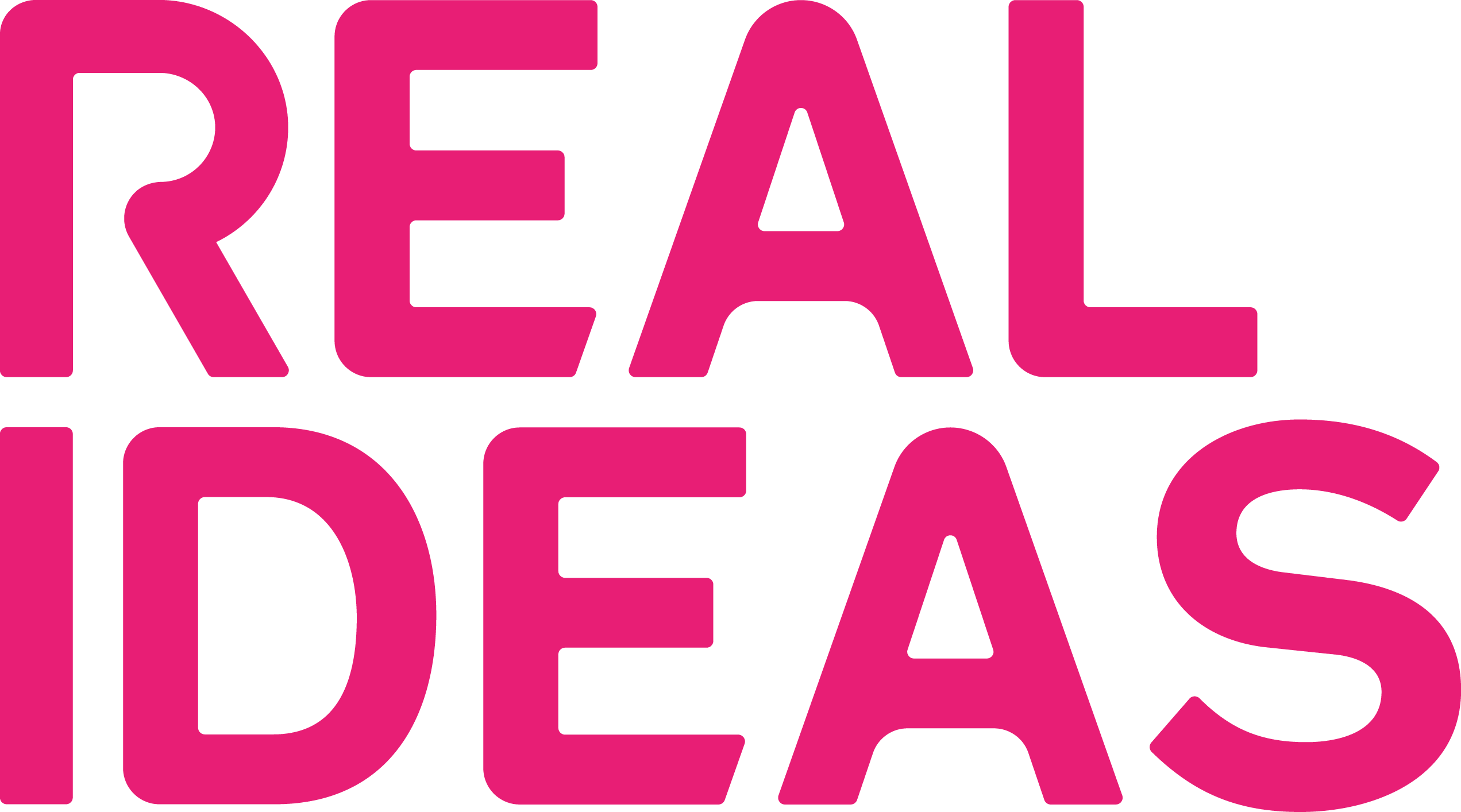Well, here we are again. Another summer done and another set of exam results underlining the parlous state of arts and creativity in schools.
On A Level results day the BBC reported that ‘since 2014, the number of A-level entries in arts subjects, which include drama, music and art, in England has fallen by 13,000, almost 17%’ and a week later ArtsProfessional stated that ‘the number of students in the UK sitting GCSEs in creative subjects is continuing to decline’. It went on to explain that figures published by the Joint Council for Qualifications (JCQ) revealed that ‘nearly 17,000 fewer GCSEs were sat across Art and Design, Music, Design and Technology, Drama, Media, Film and Television Studies, and Performing and Expressive Arts. The fall from 461,680 in 2018 to 444,759 represents a decline of 3.7%.’
The figures have been followed by a range of commentary but over the past few days, two pieces have seemed particularly compelling. First, poet Michael Rosen offered a comment piece in the Guardian (Term is starting – and English schools must tackle their arts emergency) in which he painted this squeeze on the arts as caused by the needs of the Ebacc; the new, harder GCSEs charaterised by extra content, terminal exams and oodles of memorisation; and a philosophy of schooling that sees it largely as an economic tool still providing, if you will, factory fodder. It is, Rosen suggests, an outmoded model considering the factories have largely gone and the 21st century demands a rather different set of skills and approaches: ‘Doesn’t the new world of climate change, automation, fake news and global digital communication make it necessary for young people to be more flexible, interpretive, critical and creative?’
It is, of course, a well-rehearsed argument: citing the place of the arts in promoting creativity is a central plank of all those fighting for an equal place for the arts in education, alongside the cases for their impact on wellbeing, the joy of the arts in their own right, and their importance in sustaining the pipeline to the creative industries which are now making a bigger contribution to the economy than agriculture. But, for me, it was an argument given added resonance by an article in The Telegraph reporting that private schools are increasingly entering their pupils for fewer GCSEs to ‘make more space in the day for other pursuits’ including art, music, sport and drama, all things, according to Barnaby Lenon, chairman of the Independent Schools Council considered ‘not merely optional extras’ but as ‘fundamental to a good education’.
To which the only response has to be ‘what’s good enough for the goose’ right?
And, indeed, many state schools appreciate that balance and work hard to provide rich, broad and inclusive curriculum experiences to help shape well-rounded individuals, but more often than not the ‘system’ continues to constrain.
But there is a new hope. The revised Ofsted inspection framework is now in place with its focus on the substance of education, breadth and balance, cultural capital and a curriculum that ‘extends beyond the academic, technical or vocational and provides for learners’ broader development, enabling them to develop and discover their interests and talents’. Which sounds quite a lot like the offer those independent schools are already providing. The proof of its impact will, of course, be in the judgements to come but what it should rightfully do is hold schools to account in a way that at least gives arts, culture and creativity parity.

RIO’s Future Make programme in action.
Now, any structural shift is a complex process but to support schools in shaping an effective arts rich curriculum there’s Artsmark, the Arts Council England accredited creative quality standard. Rather than a badge to collect it’s a process to engage with, one that can help schools make sense of what they have, what they want to develop, and ways in which to achieve it, thereby helping them address Ofsted’s new approach. It can also offer a strong community of support, be that fellow settings and colleagues with expertise to offer, access to a wide range of local and national arts and cultural organisations, or the connections and professional development offers that RIO and other Bridge organisations can provide.
Importantly, it’s worth stating that Artsmark isn’t just all about the arts but about their development as part of a rich, broad and balanced learning offer for young people. It’s about the place of creativity in the lives of young people, and their engagement with a wide range of cultural opportunities. In short, it is a way to help define, shape and deliver the substance of education: the knowledge and cultural capital that young people need to make the most of opportunities in their lives.
Schools can begin their Artsmark journey at any point but the start of a new school year is particularly powerful and training for newly registered schools is scheduled this October across the south west. Find out more on our Artsmark page.
